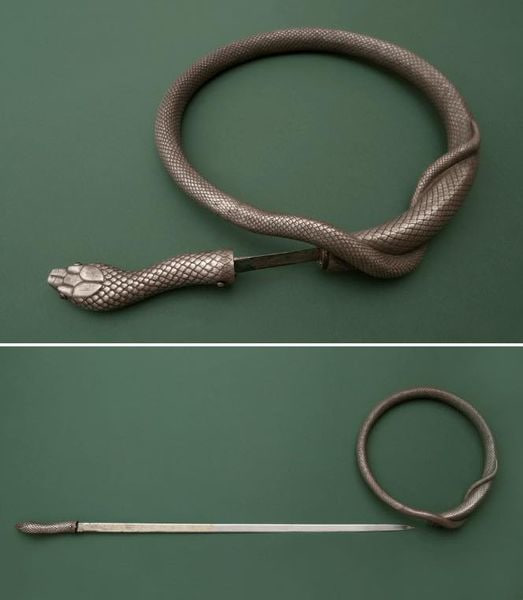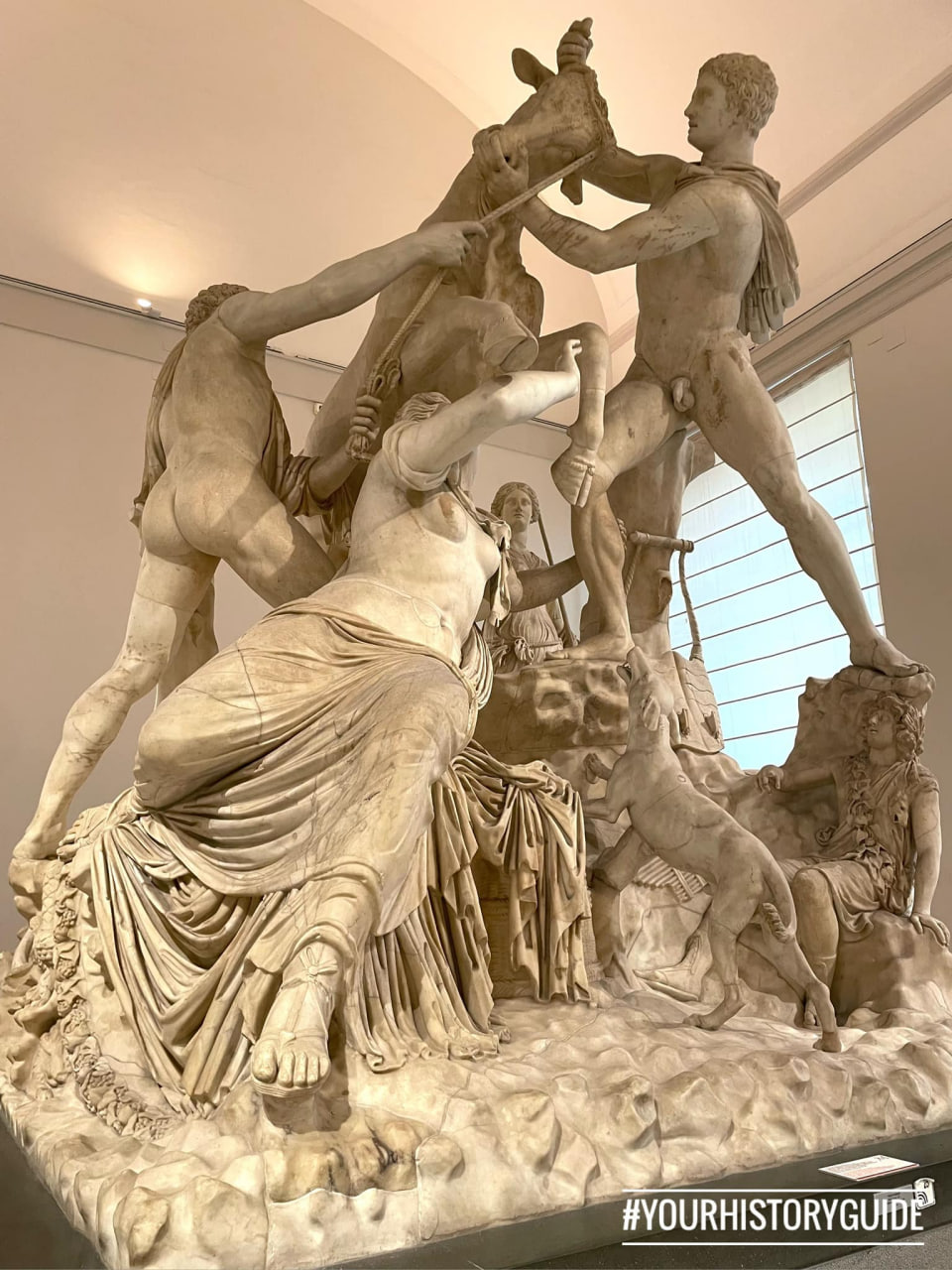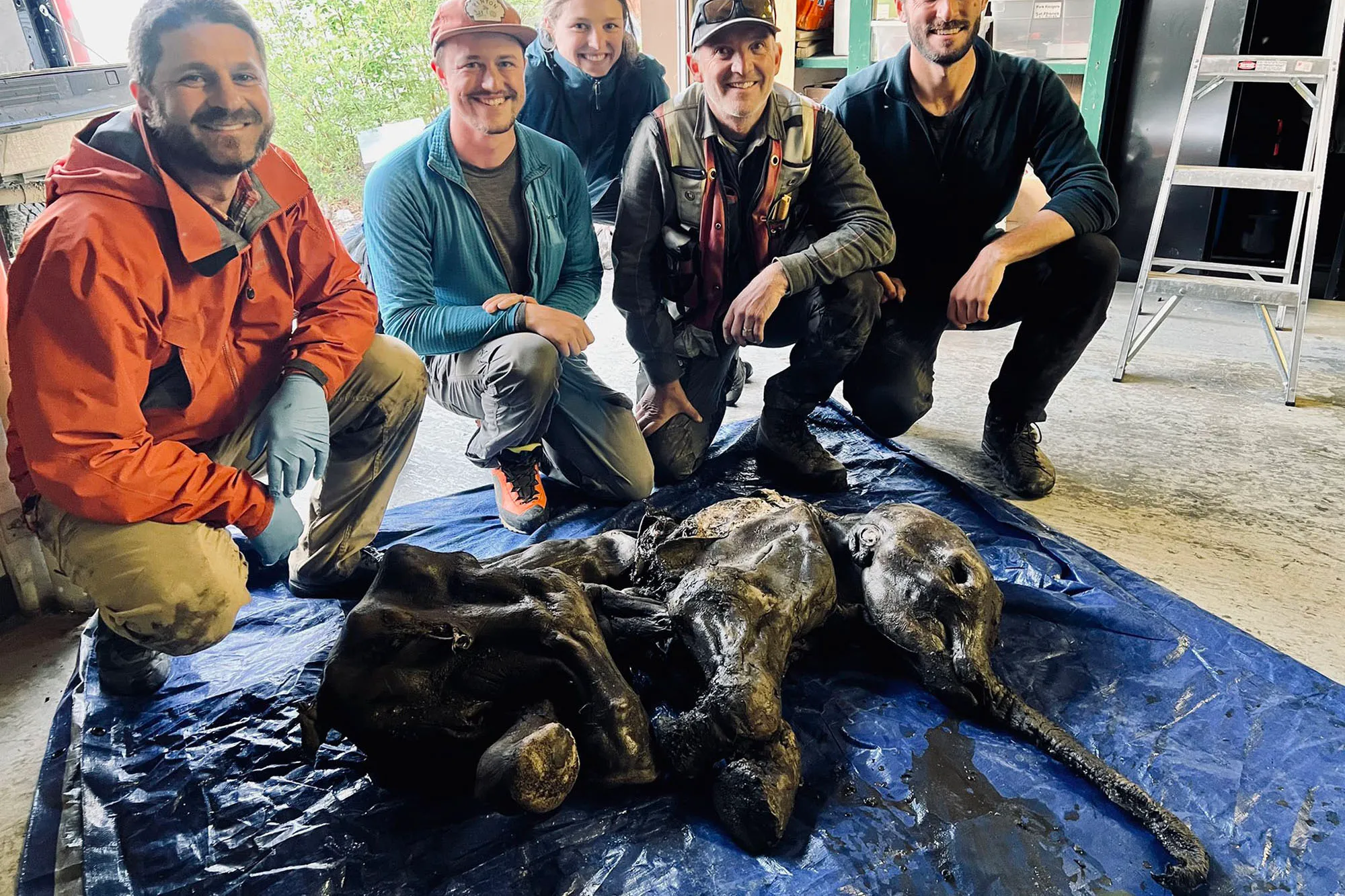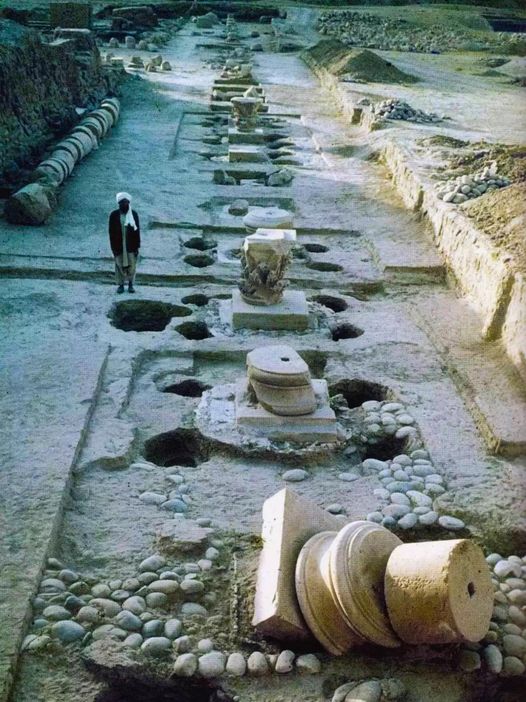Nestled along the picturesque shores of Denmark lies a fascinating relic from the Viking Age—the Ladby Ship. Stretching 22 meters in length and 3 meters in width, this ancient vessel stands as the sole ship burial discovered in Denmark, offering a captivating glimpse into the burial customs and seafaring traditions of the Vikings. In the year 925, a Viking king was laid to rest within the confines of this majestic ship, accompanied by an entourage of 11 horses, 4 dogs, and a trove of grave goods. Today, the Ladby Ship serves as a poignant reminder of Denmark's rich maritime heritage, preserved for posterity within the walls of a museum.
A Royal Resting Place: The Legacy of the Viking King
The Ladby Ship holds a special place in the annals of Viking history, serving as the final resting place for a Viking king of bygone days. In 925, amidst the tumult of the Viking Age, this monarch was interred within the confines of the ship, surrounded by a retinue of loyal companions and cherished possessions. The ship burial was a testament to the king's status and importance within Viking society, reflecting the belief in an afterlife filled with honor, glory, and the company of faithful companions. As archaeologists excavated the site, they uncovered a treasure trove of artifacts, shedding light on the life and legacy of the Viking ruler who once sailed the seas.

A Journey Beyond the Grave: The Significance of Grave Goods

Accompanying the Viking king on his journey to the afterlife were an array of grave goods, carefully selected to accompany him on his voyage to the realm of the gods. From weapons and tools to ornate jewelry and household items, these offerings provided insight into the king's wealth, status, and cultural affiliations. The inclusion of 11 horses and 4 dogs further underscored the importance of companionship and loyalty in Viking society, as well as the belief in an afterlife shaped by the bonds forged in life. Through the careful study of these grave goods, archaeologists gain a deeper understanding of Viking burial practices and the cultural values that shaped them.

Preserving the Past: The Ladby Ship Museum
In a testament to Denmark's commitment to preserving its cultural heritage, the Ladby Ship has been meticulously excavated and preserved at the site where it was discovered. Today, the ship serves as the centerpiece of the Ladby Ship Museum, offering visitors a captivating journey through the Viking Age. Within the museum's halls, visitors can marvel at the intricate craftsmanship of the ship, explore interactive exhibits detailing Viking life and culture, and learn about the archaeological discoveries that have shaped our understanding of Denmark's maritime past. Through educational programs and guided tours, the museum ensures that the legacy of the Ladby Ship lives on for future generations to appreciate and enjoy.
Archeology and the Pursuit of Knowledge:
The discovery and preservation of the Ladby Ship exemplify the importance of archaeology in uncovering the mysteries of the past and preserving our cultural heritage for future generations. Through meticulous excavation, analysis, and conservation efforts, archaeologists have pieced together the story of the Viking king buried within the ship's hull, shedding light on Denmark's rich maritime history and the customs of its seafaring ancestors. As stewards of the past, archaeologists play a vital role in safeguarding our collective heritage, ensuring that sites like the Ladby Ship continue to inspire awe and wonder for centuries to come.






